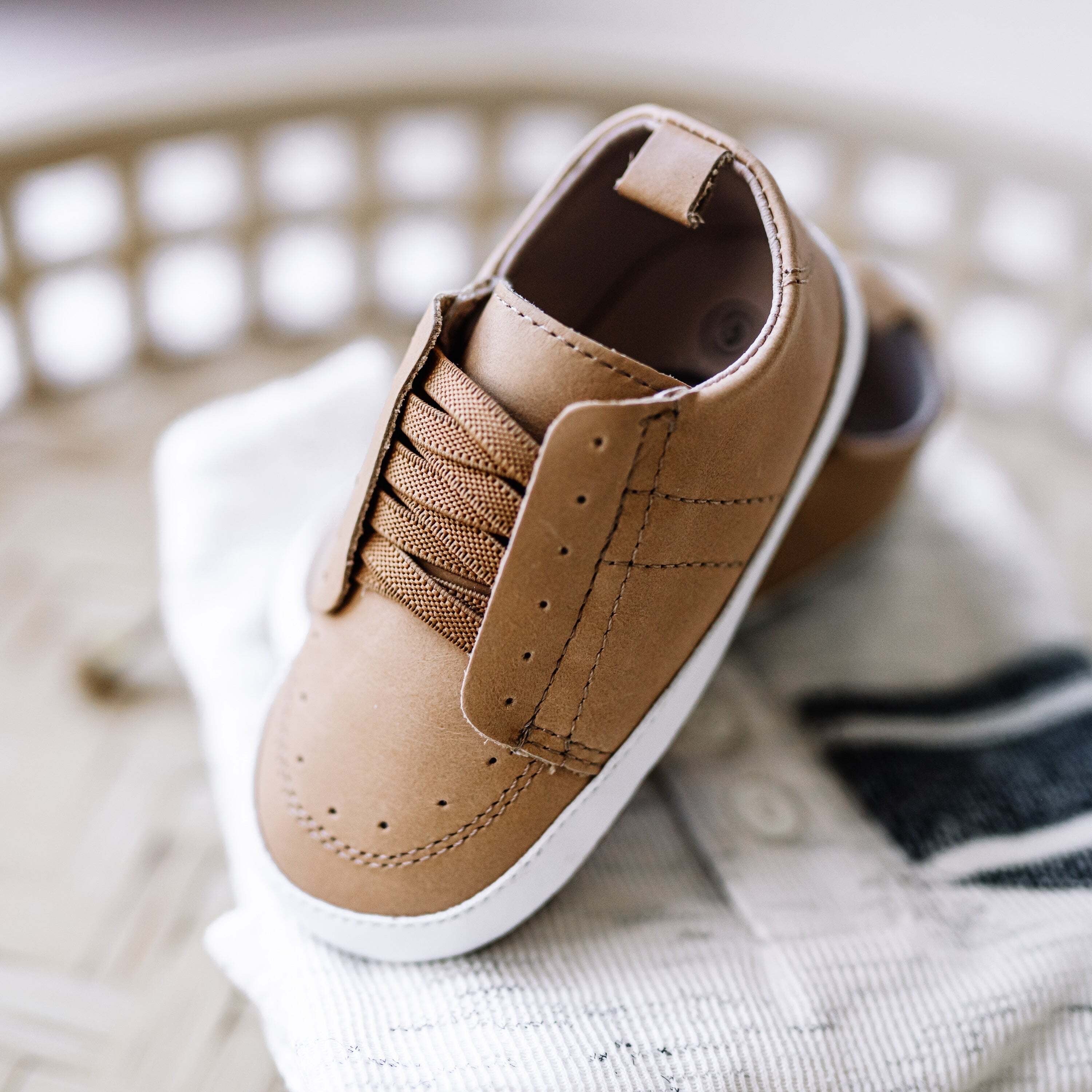For any parent, hearing that your child has broken a bone can be a frightening experience. It is understandable to feel overwhelmed and unsure of what to do next. However, there are a few steps that can be taken to ensure that your child receives the best possible care and support. In this blog post, we will discuss what to do if your child has broken a bone and provide you with the information needed to make the best decisions for your child's health.
Don't panic
It can be frightening to find out your child has broken a bone, but it's important not to panic. While it may seem like the end of the world, broken bones are very common and can often be treated quickly and effectively. While you may be feeling overwhelmed, try to remain calm and focus on getting your child the medical attention they need.
Take a few deep breaths and remind yourself that this is not a life-threatening situation. Although it can be frightening, your child will recover from their injury with proper treatment and care. Encourage your child to stay calm as well, and reassure them that everything is going to be alright.
Seek medical attention
When your child breaks a bone, it is important to seek medical attention right away. Taking the time to assess the injury and determine the best course of action is essential. Depending on the severity of the injury, this could mean going to an emergency room or urgent care center, or scheduling an appointment with your child's pediatrician.
When you arrive at the medical facility, be sure to have your child's medical history available as well as any relevant X-ray images or other test results. You should also tell the doctor about any activities that took place before the injury occurred, such as playing sports or participating in any other physical activity. The doctor may order an X-ray to get an accurate assessment of the injury. Once the X-ray is taken, the doctor will discuss a plan of treatment with you.
If surgery is necessary, you may be referred to an orthopedic surgeon who specializes in bones and joints. If your child needs a cast or another type of splint, the doctor will explain how long it needs to stay on and how to care for it properly.
Seeking medical attention quickly is key to ensuring your child recovers from their broken bone in a timely and successful manner. Following the doctor's orders and instructions will help ensure your child has a successful recovery.
Follow the doctor's orders
When your child breaks a bone, it is important to follow the doctor’s orders for the best recovery. Depending on the type of break, treatment may include a cast, splint, sling, or other immobilization device. Your doctor will also likely prescribe pain relievers to help manage discomfort.
The length of time your child will need to keep their cast, splint, or sling on depends on the type and severity of the break. If your child has a fracture that requires surgery, the doctor may recommend the use of screws and plates to help hold the bones together. This will require further monitoring, typically with X-rays, to make sure everything is healing properly.
Your doctor will also advise your child on what activities to avoid while recovering, such as playing sports or any other activity that could aggravate the injury. Physical therapy may also be recommended to help strengthen the muscles surrounding the injury, so your child can return to normal activities as soon as possible.
It is important to remember to follow all of your doctor’s instructions carefully when your child has broken a bone. This includes getting regular follow up appointments and taking any prescribed medications as directed. Doing so will ensure the best possible outcome and help get your child back to their normal activities in no time.
Help your child cope
When a child has broken a bone, it can be a scary and overwhelming experience. As a parent, it’s important to offer your support and guidance to help them cope. Here are some tips for helping your child cope with their broken bone:
1. Communicate openly – Make sure that you explain the situation to your child in an honest but gentle way. Explain the process of healing, how long it may take, and what kind of physical activities they can do while recovering.
2. Show love and empathy – Let your child know that you understand how hard this is for them. Offer lots of hugs and cuddles to help them feel comforted and safe.
3. Help them feel empowered – Give your child tasks that they can do while recovering, like making a list of activities to do while healing or choosing their own cast design. These activities will help them stay engaged and feel in control of the situation.
4. Get creative with activities – Depending on the type of injury, there are likely still some physical activities they can do while healing, such as swimming or yoga. Find ways to make it fun, like playing a game or trying a new activity together.
5. Make time for rest – Rest is an important part of the healing process, so make sure your child is getting plenty of sleep and taking breaks throughout the day.
By following these tips, you can help your child cope with their broken bone and get through the recovery process in a positive way.
Prevent future injuries
No parent ever wants to experience the pain of their child breaking a bone, so it is important to take steps to prevent future injuries.
One way to help your child avoid breaking bones is to ensure they wear the proper protective gear when engaging in physical activities or sports. This includes wearing a helmet, knee and elbow pads, and other items that may be required for certain sports or activities. Also, make sure your child is aware of any potential dangers associated with an activity and how to stay safe.
Encourage your child to warm up before participating in physical activities and cool down afterward. Stretching can help prepare muscles for exercise and reduce the risk of injuries like sprains or strains. Make sure your child takes regular breaks during physical activities as well, especially if they are engaged in more intense activities.
In addition, it's a good idea to get your child used to eating right and staying hydrated. Good nutrition helps maintain strong bones and muscles and drinking plenty of fluids keeps your child hydrated and improves their performance in physical activities.
Finally, talk to your child about being careful and not taking risks that could result in an injury. It is important that they understand that while trying new things is great, they should always be mindful of their own safety.
By following these steps, you can help ensure that your child stays safe and healthy while engaging in physical activities.
Don't panic
It can be frightening to find out your child has broken a bone, but it's important not to panic. While it may seem like the end of the world, broken bones are very common and can often be treated quickly and effectively. While you may be feeling overwhelmed, try to remain calm and focus on getting your child the medical attention they need.
Take a few deep breaths and remind yourself that this is not a life-threatening situation. Although it can be frightening, your child will recover from their injury with proper treatment and care. Encourage your child to stay calm as well, and reassure them that everything is going to be alright.
Seek medical attention
When your child breaks a bone, it is important to seek medical attention right away. Taking the time to assess the injury and determine the best course of action is essential. Depending on the severity of the injury, this could mean going to an emergency room or urgent care center, or scheduling an appointment with your child's pediatrician.
When you arrive at the medical facility, be sure to have your child's medical history available as well as any relevant X-ray images or other test results. You should also tell the doctor about any activities that took place before the injury occurred, such as playing sports or participating in any other physical activity. The doctor may order an X-ray to get an accurate assessment of the injury. Once the X-ray is taken, the doctor will discuss a plan of treatment with you.
If surgery is necessary, you may be referred to an orthopedic surgeon who specializes in bones and joints. If your child needs a cast or another type of splint, the doctor will explain how long it needs to stay on and how to care for it properly.
Seeking medical attention quickly is key to ensuring your child recovers from their broken bone in a timely and successful manner. Following the doctor's orders and instructions will help ensure your child has a successful recovery.
Follow the doctor's orders
When your child breaks a bone, it is important to follow the doctor’s orders for the best recovery. Depending on the type of break, treatment may include a cast, splint, sling, or other immobilization device. Your doctor will also likely prescribe pain relievers to help manage discomfort.
The length of time your child will need to keep their cast, splint, or sling on depends on the type and severity of the break. If your child has a fracture that requires surgery, the doctor may recommend the use of screws and plates to help hold the bones together. This will require further monitoring, typically with X-rays, to make sure everything is healing properly.
Your doctor will also advise your child on what activities to avoid while recovering, such as playing sports or any other activity that could aggravate the injury. Physical therapy may also be recommended to help strengthen the muscles surrounding the injury, so your child can return to normal activities as soon as possible.
It is important to remember to follow all of your doctor’s instructions carefully when your child has broken a bone. This includes getting regular follow up appointments and taking any prescribed medications as directed. Doing so will ensure the best possible outcome and help get your child back to their normal activities in no time.
Help your child cope
When a child has broken a bone, it can be a scary and overwhelming experience. As a parent, it’s important to offer your support and guidance to help them cope. Here are some tips for helping your child cope with their broken bone:
1. Communicate openly – Make sure that you explain the situation to your child in an honest but gentle way. Explain the process of healing, how long it may take, and what kind of physical activities they can do while recovering.
2. Show love and empathy – Let your child know that you understand how hard this is for them. Offer lots of hugs and cuddles to help them feel comforted and safe.
3. Help them feel empowered – Give your child tasks that they can do while recovering, like making a list of activities to do while healing or choosing their own cast design. These activities will help them stay engaged and feel in control of the situation.
4. Get creative with activities – Depending on the type of injury, there are likely still some physical activities they can do while healing, such as swimming or yoga. Find ways to make it fun, like playing a game or trying a new activity together.
5. Make time for rest – Rest is an important part of the healing process, so make sure your child is getting plenty of sleep and taking breaks throughout the day.
By following these tips, you can help your child cope with their broken bone and get through the recovery process in a positive way.
Prevent future injuries
No parent ever wants to experience the pain of their child breaking a bone, so it is important to take steps to prevent future injuries.
One way to help your child avoid breaking bones is to ensure they wear the proper protective gear when engaging in physical activities or sports. This includes wearing a helmet, knee and elbow pads, and other items that may be required for certain sports or activities. Also, make sure your child is aware of any potential dangers associated with an activity and how to stay safe.
Encourage your child to warm up before participating in physical activities and cool down afterward. Stretching can help prepare muscles for exercise and reduce the risk of injuries like sprains or strains. Make sure your child takes regular breaks during physical activities as well, especially if they are engaged in more intense activities.
In addition, it's a good idea to get your child used to eating right and staying hydrated. Good nutrition helps maintain strong bones and muscles and drinking plenty of fluids keeps your child hydrated and improves their performance in physical activities.
Finally, talk to your child about being careful and not taking risks that could result in an injury. It is important that they understand that while trying new things is great, they should always be mindful of their own safety.
By following these steps, you can help ensure that your child stays safe and healthy while engaging in physical activities.


